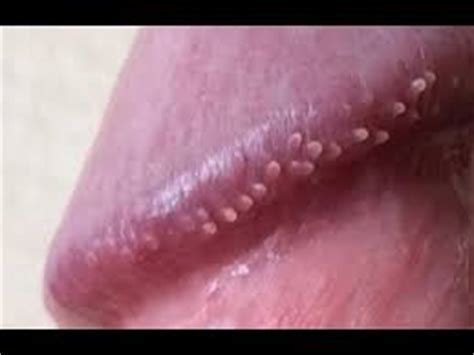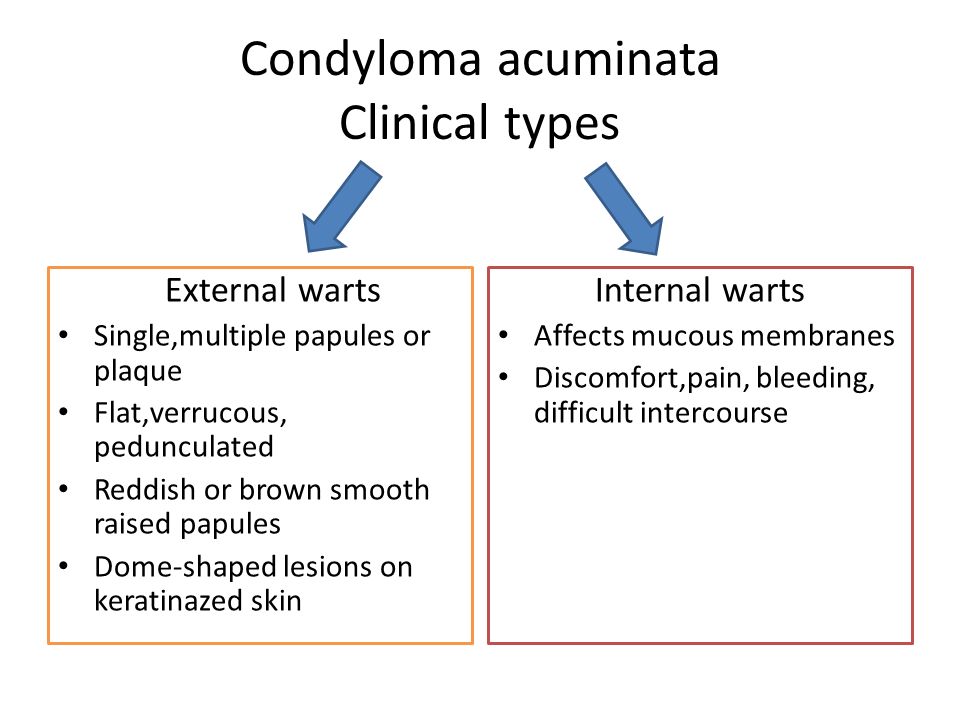
There are several common condyloma acuminats. A diagnosis is usually confirmed by a biopsy. The warts are caused by the human papilloma virus. Treatment options include topical therapies and surgery, both of which have high recurrence rates. This condition can also occur on the skin of the genitals. Patients should seek the advice of a physician before choosing treatment methods.
HPV is a DNA virus that is specific for mucous membranes and skin. This virus causes many disorders, including cutaneous and anogenital warts. HPV is present in many cancers, including cervical cancer, and its distribution varies by geographical region and histological type. The symptoms and pathology of condyloma acuminati are usually similar to those of other papillomavirus infections.
Generally, condyloma acuminatum is asymptomatic, but it can occasionally cause bleeding or pain. It can also cause psychological distress, so it’s important to seek medical advice if you develop condyloma. It can be found during routine female gynecological exams. Though it typically appears on the anogenital area, it can also develop on the tongue or throat.
Another possible cause is schistosomiasis. Schistosomiasis is another potential source of condyloma acuminatum. This zoonotic disease causes warts on the skin and can result in a papillary thyroid cancer subtype. The incidence of condyloma in the United States is about 1% annually.
A diagnosis of condyloma acuminatum may be suspected based on a family history of condyloma. It is important to seek medical advice if you are experiencing these lesions. Most cases are not serious, but can be treated successfully with topical creams and cryotherapy. A biopsy of the wart is required to confirm the diagnosis.
A Papillomavirus infection, called the HPV, is a potential cause of condyloma. The HPV infection is a common factor for condyloma, and it is most often transmitted through sexual activity. The HPV virus can also lead to cervical intraepithelial neoplasia. During this phase, the tumor may become infected with a papillomavirus.

The disease is caused by the HPV virus. It causes cancer in the genital region and is spread through contact with an infected person. The incubation period is approximately 3 to 8 luni. An infected person must be careful about contact with other people in order to prevent a bacterial infection. Infection with the HPV virus can also lead to cervical cancer. The two types of HPV have different incubation periods and symptoms.
A doctor can diagnose genital warts using a microscope. A biopsy will show if the lesions are benign or malignant. Sometimes lesions can be treated in various ways described on the site https://kopertis10.or.id/. In severe cases, the virus becomes infected with HPV. It can cause skin and anogenital warts. They are called fomites.
The US National Cancer Institute and the Centers for Disease Control and Prevention have information about the disease. Some symptoms of the disease may include itching, bleeding, and psychological stress. In a woman, genital warts can be detected during a routine female gynecological examination. It can also develop in the mouth or elsewhere. Its causes are unknown, but there are certain factors that can contribute to the development of this disorder.
HPV is a DNA-containing virus involved in the pathogenesis of genital warts. There are eight types of HPV, 15 of which are associated with cervical cancer. Skin infections are often diagnosed as warts, plantar warts, or flat warts. They can also be caused by the human papillomavirus.
The genitals are the most common sites of genital warts. It is commonly seen in the perianal and anal areas and is a common sexually transmitted disease. About two million new cases are diagnosed each year, with more gay men becoming infected with the HPV virus. For the most part, this disease is harmless. However, there are certain modalities that can lead to its development.
Verucile cutanate is a benign skin cancer that can cause various complications. Fortunately, this is usually not a dangerous form of skin cancer. Its symptoms include fleshy papules in the anogenital area. If left untreated, it can lead to the development of a malignant tumor. But genital warts are not benign conditions and are not considered a sign of cancer.